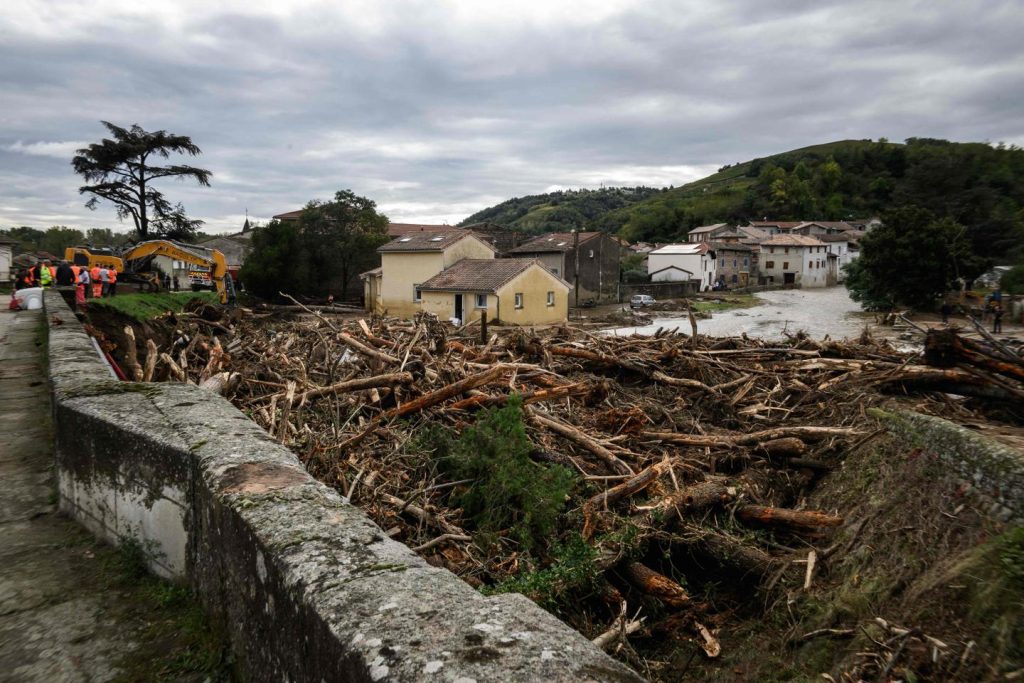The recent episodes of heavy precipitation in southern France once again highlight the consequences of climate change. Two-thirds of French municipalities are currently exposed to at least one natural hazard (floods, landslides, wildfires, storms, avalanches, etc.). One in four French people is potentially exposed to floods. Economic losses related to climate events between 1980-2020 total around 100 billion euros in France, of which 40 billion euros are insured. The increasing frequency of these natural disasters calls for more effective political responses.
When such events occur, local authorities play a major role in the management of natural disasters. Local elected officials, particularly mayors, are responsible for the safety of individuals and property within their municipality. However, many municipalities, especially smaller ones, lack the technical and legal expertise, as well as the financial means, to prevent these risks and manage crises. The transfer of responsibility for the management of aquatic environments and flood prevention (GEMAPI) to inter-municipalities (metropolitan areas, urban communities, agglomeration communities, community of municipalities) partially addresses the magnitude of the issues.
Today, a variety of local actions are being taken to reduce risks associated with climate change. These include implementing construction and urban planning constraints, building dikes, breakwaters, protective walls, deforestation, nature-based solutions such as preserving wetlands, and reducing soil impermeability in urban areas, etc. The implementation of prevention policies often involves shared responsibility, involving decentralized state services, local authorities, several ministries, and citizens. One of the main local public policies since 1995, under the authority of the prefect, is the establishment of a natural risk prevention plan (PPRN) at the municipal level.
Similar to other countries, these policies have proven to be effective. Economic studies based on French data show that communities that implement prevention policies (such as PPRNs) are less severely affected in the long term by natural disasters compared to those that do not adopt them. While these measures are often costly and sometimes restrictive in terms of urban planning, the long-term benefits following these events are significant. However, such policies require coordination between various actors and resources, as well as a commitment from citizens to ensure their success in reducing risks and mitigating the impact of disasters.


